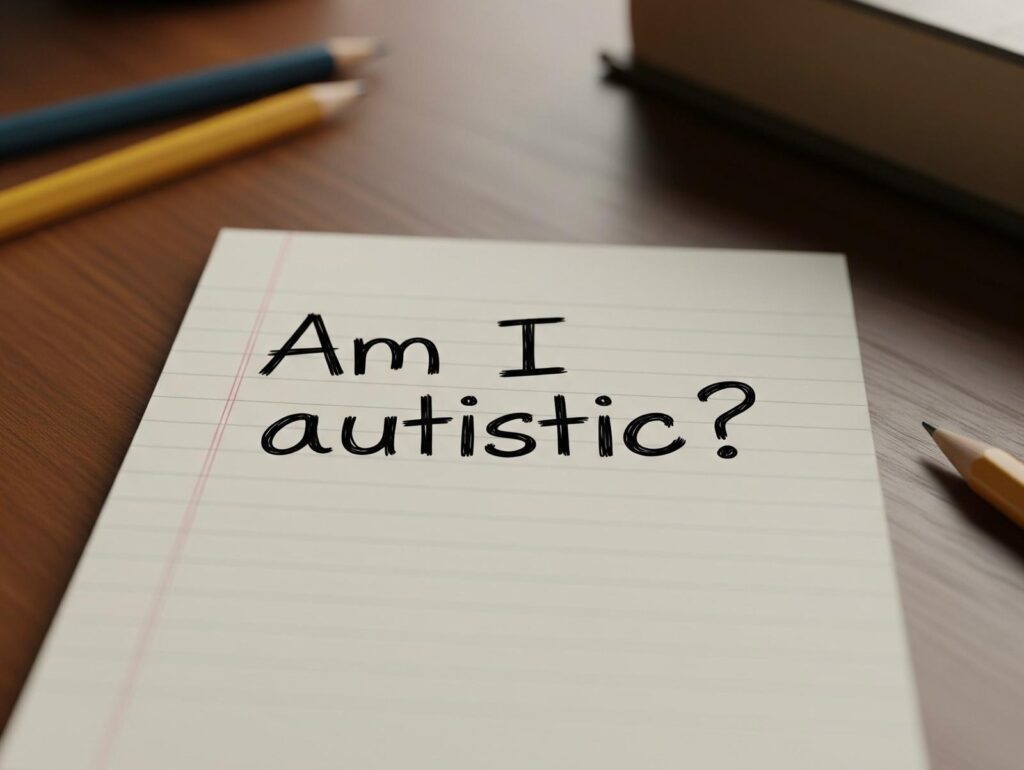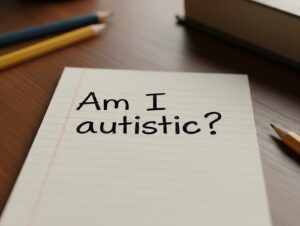The realm of psychological therapies is vast and diverse, encompassing methods ranging from the widely accepted to the decidedly unconventional. While conventional therapies like Cognitive Behavioural Therapy (CBT) and Psychodynamic Therapy have substantial evidence backing their effectiveness, there are other therapies that, although odd, have their own set of believers and anecdotal success stories. In this article, we’ll explore some of the more unusual psychological therapies, shedding light on their origins and the science, if any, behind them. It’s important to approach these therapies with an open mind but also a critical eye, especially considering the Australian Psychological Society’s emphasis on evidence-based practice.
Laughter Therapy
Laughter Therapy, or Laughter Yoga, combines unconditional laughter with yogic breathing (Pranayama). The premise is simple: laughter is beneficial for mental health, reducing stress and improving mood. Though it might sound odd, laughter therapy has been linked to a reduction in stress hormones and an improvement in overall wellbeing. A study published in the Journal of Aging Research found that laughter therapy could improve quality of life and sleep quality among the elderly, suggesting its potential as a complementary therapy in various settings (Bennett, M.P., & Lengacher, C.A., 2006).
Dance Movement Therapy
Dance Movement Therapy (DMT) uses dance and movement to support intellectual, emotional, and motor functions of the body. While it might seem unconventional, DMT is recognised by the American Psychological Association as a form of expressive arts therapy. It’s based on the belief that body and mind are interconnected and that movement can be a powerful tool for emotional expression and psychological healing. Research, including a systematic review published in The Arts in Psychotherapy, indicates that DMT can be effective for improving mental health in various populations, highlighting its potential as a therapeutic tool (Koch, S.C., et al., 2014).
Animal-Assisted Therapy
Animal-Assisted Therapy (AAT) involves interaction with animals to help people recover from or better cope with health problems, including mental health issues. Though the idea of incorporating animals into therapy might seem quaint to some, there’s growing evidence supporting its efficacy. A systematic review published in Frontiers in Psychology found that AAT could significantly reduce symptoms of depression, anxiety, and PTSD, making it a promising adjunct to conventional therapies (O’Haire, M.E., 2013).
Virtual Reality Therapy
Perhaps the most modern on the list, Virtual Reality Therapy (VRT) uses virtual reality technology to expose patients to stimuli related to their psychological issues within a controlled environment. It’s been particularly effective in treating phobias, anxiety disorders, and PTSD. A meta-analysis in the Journal of Anxiety Disorders confirmed that VRT could be as effective as traditional exposure therapy for treating certain phobias (Powers, M.B., & Emmelkamp, P.M.G., 2008).
EMDR (Eye Movement Desensitisation and Reprocessing)
EMDR is a somewhat controversial yet increasingly popular therapy designed to alleviate the distress associated with traumatic memories. It involves the patient recalling distressing events while receiving one of several types of bilateral sensory input, such as side-to-side eye movements. Despite its unusual methodology, EMDR is recognised as an effective treatment for PTSD by the World Health Organization. A study published in the Journal of Clinical Psychology found EMDR to be an efficient and rapid treatment for trauma-related symptoms (Shapiro, F., 2001).
Conclusion
These therapies, despite their unconventional approaches, have garnered attention and, in some cases, empirical support for their effectiveness. It’s crucial, however, for individuals seeking therapy to consult with a licensed professional and consider evidence-based options. In Australia, where mental health awareness and the pursuit of innovative treatments are on the rise, exploring the full spectrum of therapeutic options can be empowering. Still, it’s essential to approach these options with discernment, prioritising therapies backed by solid research and professional endorsement.
References
- Bennett, M.P., & Lengacher, C.A. (2006). Humor and Laughter May Influence Health IV. Humor and Immune Function. Journal of Aging Research.
- Koch, S.C., et al. (2014). The Effects of Dance Movement Therapy and Dance on Health-Related Psychological Outcomes: A Meta-Analysis. The Arts in Psychotherapy.
- O’Haire, M.E. (2013). Animal-Assisted Intervention for Autism Spectrum Disorder: A Systematic Literature Review. Frontiers in Psychology.
- Powers, M.B., & Emmelkamp, P.M.G. (2008). Virtual Reality Exposure Therapy for Anxiety Disorders: A Meta-Analysis. Journal of Anxiety Disorders.
- Shapiro, F. (2001). Eye Movement Desensitization and Reprocessing (EMDR): Basic Principles, Protocols, and Procedures. Journal of Clinical Psychology.
How to get in touch
If you or your patient/NDIS clients need immediate mental healthcare assistance, feel free to get in contact with us on 1800 NEAR ME – admin@calmandcaring.com.
Discover more from Therapy Near Me
Subscribe to get the latest posts sent to your email.






